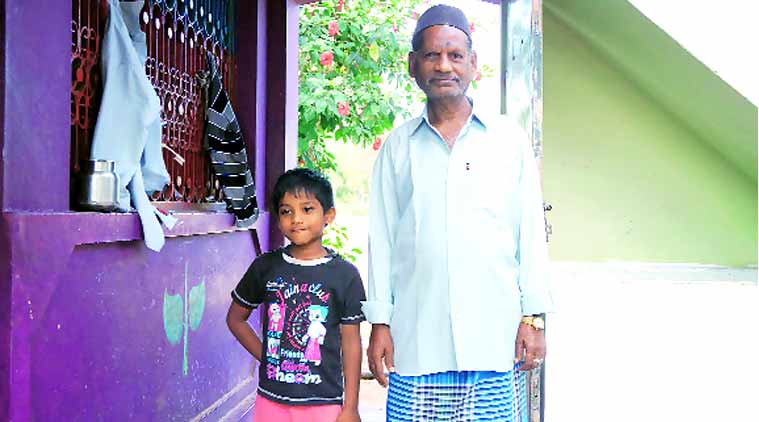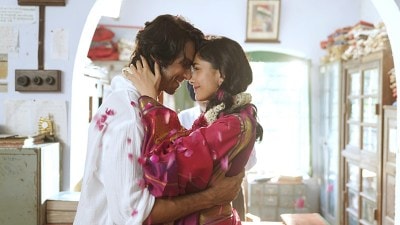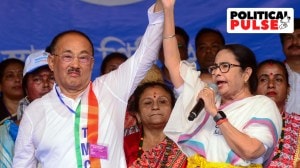- India
- International
When Mookan became Omar Khayyam, 34 yrs ago
Families in Meenakshipuram, which saw mass conversion in 1981, say they chose Islam to escape caste oppression.
 Omar Khayyam at home in Meenakshipuram.
Omar Khayyam at home in Meenakshipuram.
Just as he made the biggest choice of his life, A Mookan was left facing another. He was now a Muslim and had to find a name to go with his new faith. Finally, Mookan chose the name Omar Khayyam. “I thought of many names but none was that of a Muslim. Then I recalled a collection of Persian poems I had read and chose the name of the poet Omar Khayyam,” says Khayyam, talking about a decision he made 34 years ago. But he wasn’t alone in his decision.
On February 19, 1981, 800 Dalits of the Pallar caste – 200 of 300 families in the village – converted to Islam in Meenakshipuram, thrusting this village at the foothills of the Western Ghats into a searing spotlight.
Just as Mookan became Khayyam, Meenakshipuram became Rehmat Nagar. Now, 34 years later, with the country caught in a heated debate over conversions and ghar wapsi, Mookan and others in Rehmat Nagar don’t think there’s a parallel. Their reasons for conversion, they say, were rooted in Tamil Nadu’s prejudices against Dalits. The conversion, therefore, was an act of rebellion, a shedding of the baggage of caste.
[related-post]
Khayyam (79), a retired government school teacher, recalled the day he signed an affidavit accepting his new faith. “I had no clue about my new religion. But since I had suffered enough as a Pallar, I agreed to convert.”
And change his name. But that wasn’t the first time he had changed it. “After I joined the government service and started teaching in 1968, my first posting was in Nagercoil (a town close to Thiruvananthapuram in Kerala). My name Mookam was a dead give-away. People knew I was an untouchable and I was not able to find a house anywhere in Nagercoil. Out of desperation, I started calling myself Umadevan and claimed I was a Thevar (an intermediary caste). For the next 12 years, I was a Thevar for my landlords,” he says.

Something happened in the late 1970s that inspired the Pallars of Meenakshipuram to convert. Thangaraj, a Dalit Pallar, had eloped with a Thevar girl from the same village. When communal trouble broke out, Thangaraj and his newly-wedded wife converted to Islam. Thangaraj returned as Mohammed Yusuf and his wife as Suleha Beevi. The Thevars left them alone. That set the Pallars thinking.
Muslims now make up over 70 per cent of Rehmat Nagar’s population of about a 1,000. Before the conversion, there were only a couple of Muslim families, say villagers.
Omar Sharif, now clergy of Meenakshipuram masjid, claims conversion has elevated their position in society.
In the days following February 19, 1981, A B Vajpayee and several Hindu leaders visited Meenakshipuram and asked villagers to rethink their decision.
Almost a year after the conversion, then CM M G Ramachandran ordered a court of inquiry and set up the Justice Venugopal Commission to look into the conversion. In 2002, MGR’s successor J Jayalalithaa brought the Tamil Nadu Prohibition of Forcible Conversion of Religion Act in 2002. The Act was, however, repealed in May 2004 through an ordinance following strong objection from the minorities.
The recent controversies over conversion have left people in Rehmat Nagar wary. “I don’t remember,” says Yusuf’s younger brother Amanullah, now in his mid-50s, when asked about life in Meenakshipuram before the conversions. “I don’t want to. That was 34 years ago.”
Apr 25: Latest News
- 01
- 02
- 03
- 04
- 05








































